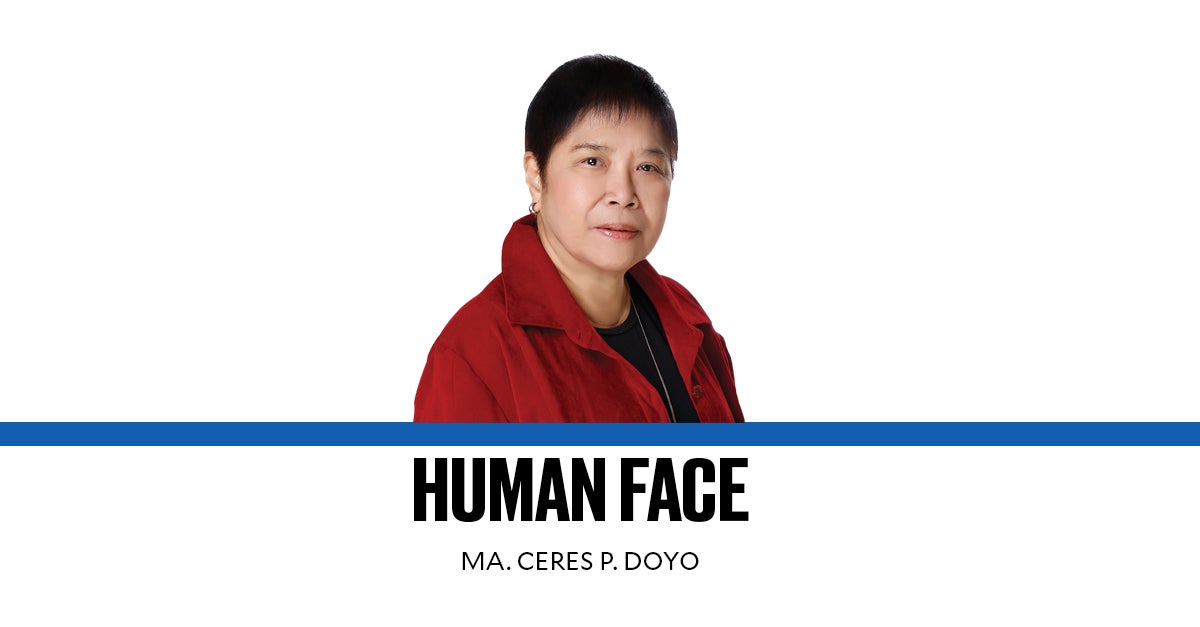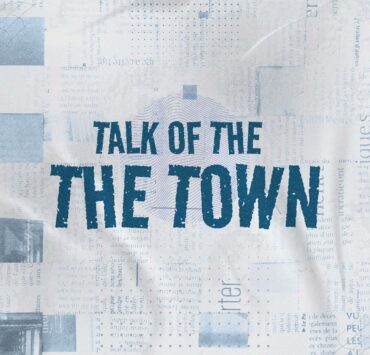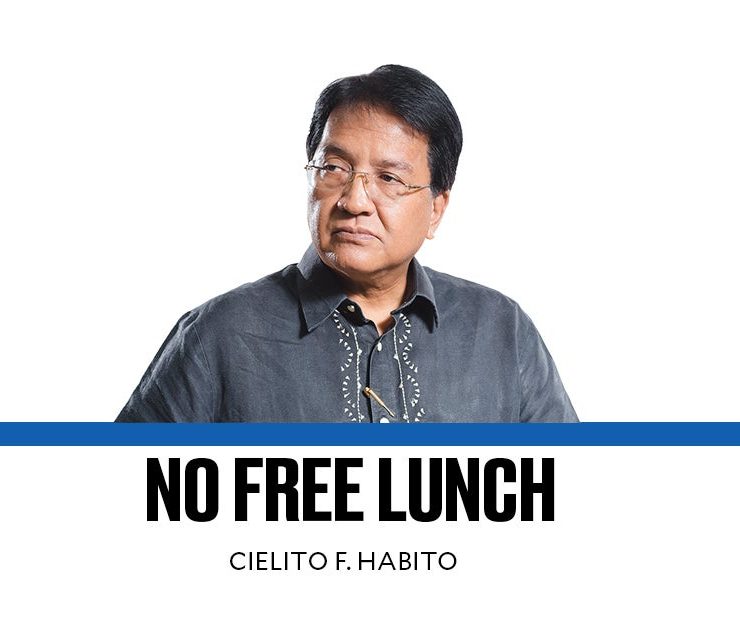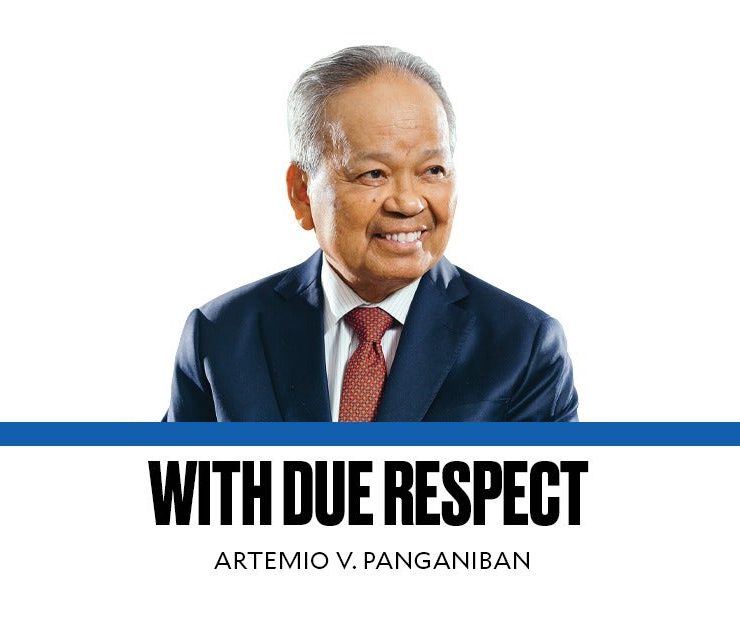Digital missionaries and influencers

Digital this, digital that. Digital, or so it seems, have our lives become. As technology goes, so do we. Or must we?
Just ended with a Mass in the Eternal City was the gathering for the Jubilee for Digital Missionaries and Catholic influencers presided over by Filipino Cardinal Luis Antonio Tagle on July 29 at St. Peter’s Basilica in Rome. Tagle is the pro-prefect of the Dicastery for Evangelization, and the event was very much part of his milieu.
Pope Leo XIV strode in at the end of the Mass to deliver his message, sending thousands of young people from many countries, mostly wearing tees and lanyards, into a frenzy, their cell phones raised to catch his every word and record what was going on. It was a sight to behold, especially when the Pope waded into the crowd. Some were standing on the pews in this holy place, a no-no for stiff-necked diplomats and dignitaries, but Jesus himself would have been amused and let the young ones be.
But what was it all about? (Just a week ago, Tagle sang solo and in full “What’s it all about, Alfie?”—not an easy one, I must say—at the Philippine Conference on New Evangelization held yearly at the University of Santo Tomas arena in Manila. He got a big round of applause.) The gathering of digital missionaries and Catholic influencers in Rome was, if I am not mistaken, the first of its kind. It was also the first time I learned about the term “digital missionary.” But the word “influencer” has been around for some time, a word I associate with those who have merchandise and ideas to sell that I might not want to buy because…
That the Catholic Church is using jargon from the secular sphere in order to spread the good news it has to offer means it has its doors and windows open to send these out, while inviting those loitering outside to come in to drink and be filled. But first, to send the word out, and what better way to do it than by having missionaries, not the Bible-thumping kind, but the digital, techie types who know the rough terrain that is cyberspace. But first, these digital missionaries and influencers must be grounded in “the message,” which, in this Jubilee Year, is hope. The late Pope Francis surely prepared the ground for this and many things besides. (Shame on his ultraconservative detractors who delighted in openly bashing him in church-related media. Defy and resist were their modus operandi.)
In his homily, Tagle expounded on the word “influence,” its etymology and meaning and the many ways it is applied. He warned about the motivations as well as the falseness that it can spread. He presented Jesus as the great influencer by showing how it is to love.
Pope Leo XIV urged that peace be proclaimed not just by the Church as an institution but as a mission of those in the audience, human beings with specific gifts. “Peace needs to be sought, proclaimed, and shared everywhere, both in the tragic places of war and in the empty hearts of those who have lost the meaning of existence and taste for interiority, for spiritual life.” A tall order for the digital missionaries who are adept at the latest technological gadgets and software in their hands. So different from the work of media persons who deliver reports from war zones and disaster areas, but just as important.
Never in the homilies of Tagle and the address of the Pope were the words “conversion to Catholicism” mentioned, nor did they hint at proselytizing. (There are about 1.4 billion Catholics worldwide.) But the latter stressed the promotion of “Christian humanism” in our culture. I recall watching a video clip of Cardinal Prevost (before he became Pope Leo XIV) saying that the primary goal is not religious vocation’s promotion but the proclamation of the Gospel first and foremost.
“Encounters among hearts.” This, Pope Leo XIV said, is more important than creating content. In our present digital milieu and cyberworld, where so-called content creators, self-proclaimed influencers, and the like (including vloggers, trolls, bashers, and snake oil peddlers) abound and vie with mainstream media and tried and tested journalists, where do people turn for the truth?
“Mend the nets,” the Pope exhorted, referring to the breaches and torn relationships, “but open space for others more than ourselves, where no ‘filter bubble’ can silence the voice of the weakest.” Through digital means, the new techie missionaries can reach the ends of the earth, he said. Whoa!
But there should be warnings, too, against impostors, charlatans, and peddlers of fake information who flood cyberspace with venom, vitriol, and vile in order to get ahead or monetize their posts. Not everybody can go to the trenches, preach before crowds, or use mainstream media as a platform. Catholic Christian or not, one can be a digital missionary for the truth from the virtual newsroom or a little corner café.
—————-
Send feedback to cerespd@gmail.com





















